Understanding the health and safety laws in different countries is essential for global businesses and organizations. Each country has its laws and regulations to ensure the health and safety of workers. However, these laws can vary significantly from country to country, making it challenging for businesses and organizations to ensure compliance.
This article will provide an overview of the health and safety laws in some of the most commonly visited countries. We will also compare the key differences between these laws and discuss the challenges businesses and organizations face when ensuring compliance with health and safety laws in different countries.
United States
The Occupational Safety and Health Administration (OSHA) ensures that workers have a safe and healthy work environment in the United States. OSHA sets and enforces standards, provides training, and conducts inspections to ensure compliance.
The key components of health and safety laws in the United States include:
Hazard Communication
OSHA requires that employers communicate information about hazardous chemicals to their employees. This includes providing training, maintaining Safety Data Sheets (SDSs), and labeling hazardous chemicals appropriately.
Respiratory Protection
Employers are required to protect employees from airborne contaminants that can be harmful to their health. This includes providing respirators and training employees on how to use them.
Fall Protection
Employers are required to protect employees from falls. This includes providing fall protection equipment and ensuring that employees are trained on how to use it.
Enforcing Health and Safety Laws in the United States
OSHA enforces health and safety laws in the United States through inspections and citations. Employers who violate health and safety laws can face penalties, fines, and legal action.
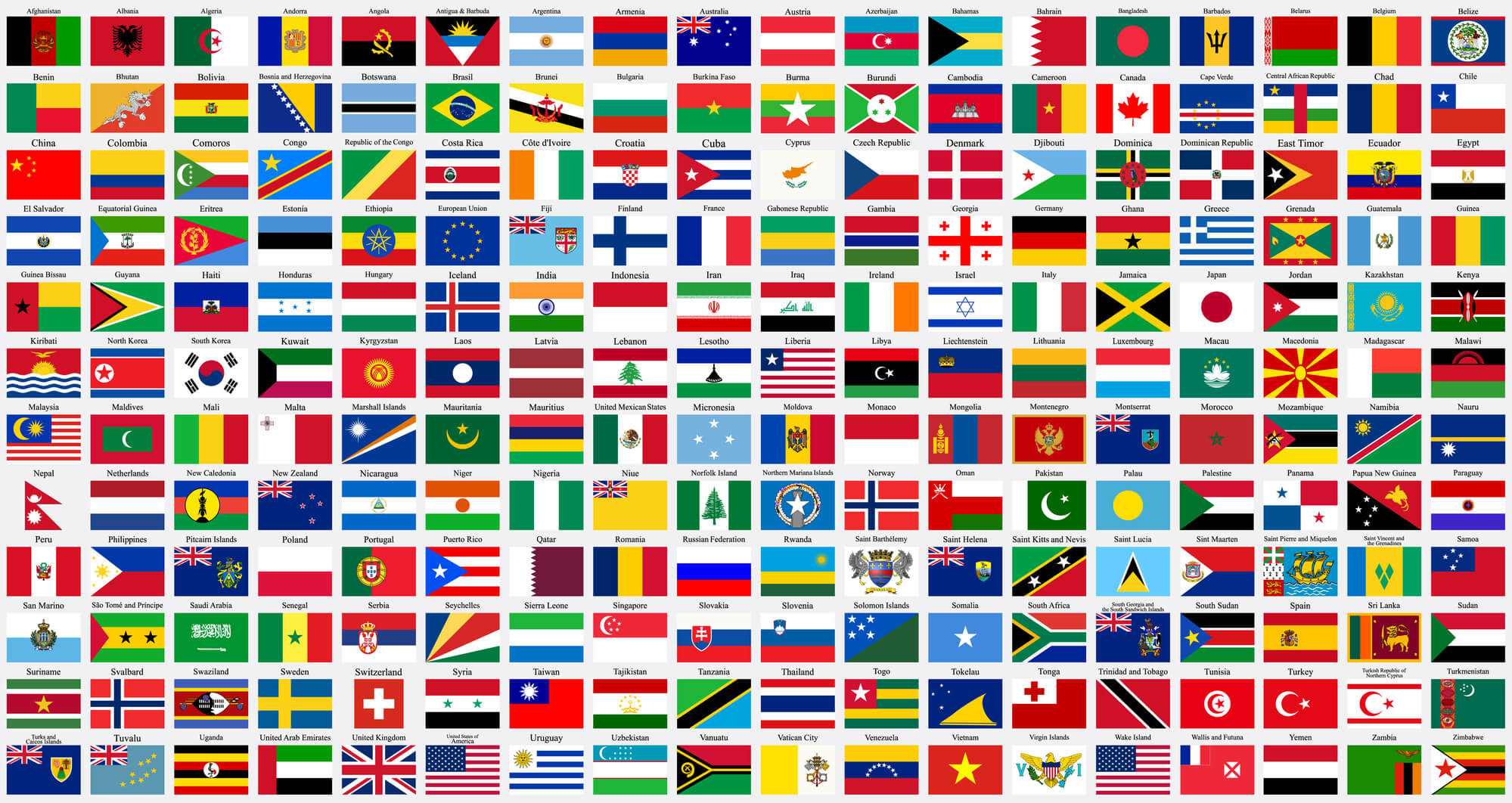
United Kingdom
The Health and Safety Executive (HSE) ensures workers have a safe and healthy work environment in the United Kingdom. The HSE sets and enforces standards, provides training, and conducts inspections to ensure compliance.
The key components of health and safety laws in the United Kingdom include the following:
Risk Assessment
Employers must assess the risks in their workplace and take steps to control them. This includes providing training, implementing control measures, and reviewing risk assessments regularly.
Safety Training
Employers are required to provide training to their employees on health and safety matters. This includes training on workplace hazards and how to use protective equipment.
Enforcement of Health and Safety Laws in the United Kingdom
The HSE enforces health and safety laws in the United Kingdom through inspections and prosecutions. Employers who violate health and safety laws can face penalties, fines, and legal action.
Australia
The Work Health and Safety Act (WHS) ensures workers have a safe and healthy work environment in Australia. The WHS sets and enforces standards, provides training, and conducts inspections to ensure compliance.
The key components of health and safety laws in Australia include the following:
Health and Safety Representatives
Employers must appoint health and safety representatives (HSRs) in their workplace. HSRs can issue provisional improvement notices (PINs) to their employers if they believe that health and safety laws are being violated.
Consultation and Cooperation
Employers are required to consult with their employees on health and safety matters. This includes involving employees in risk assessments and providing them with information on hazards in the workplace.
Enforcing Health and Safety Laws in Australia
The WHS enforces health and safety laws in Australia through inspections and prosecutions. Employers who violate health and safety laws can face penalties, fines, and legal action.
Canada
The Canadian Centre for Occupational Health and Safety (CCOHS) ensures that workers have a safe and healthy work environment in Canada. The CCOHS provides guidance, training, and education on health and safety matters.
The key components of health and safety laws in Canada include the following:
Hazardous Materials
Employers must identify hazardous materials in the workplace and ensure that they are used and stored safely. This includes providing training on handling hazardous materials and maintaining Safety Data Sheets (SDSs).
Workplace Violence and Harassment
Employers are required to prevent workplace violence and harassment. This includes providing training on preventing violence and harassment, establishing a violence and harassment prevention policy, and investigating and responding to incidents.
Enforcement of Health and Safety Laws in Canada
Health and safety laws in Canada are enforced at the provincial and territorial levels. Each province and territory has its own legislation and enforcement agencies.
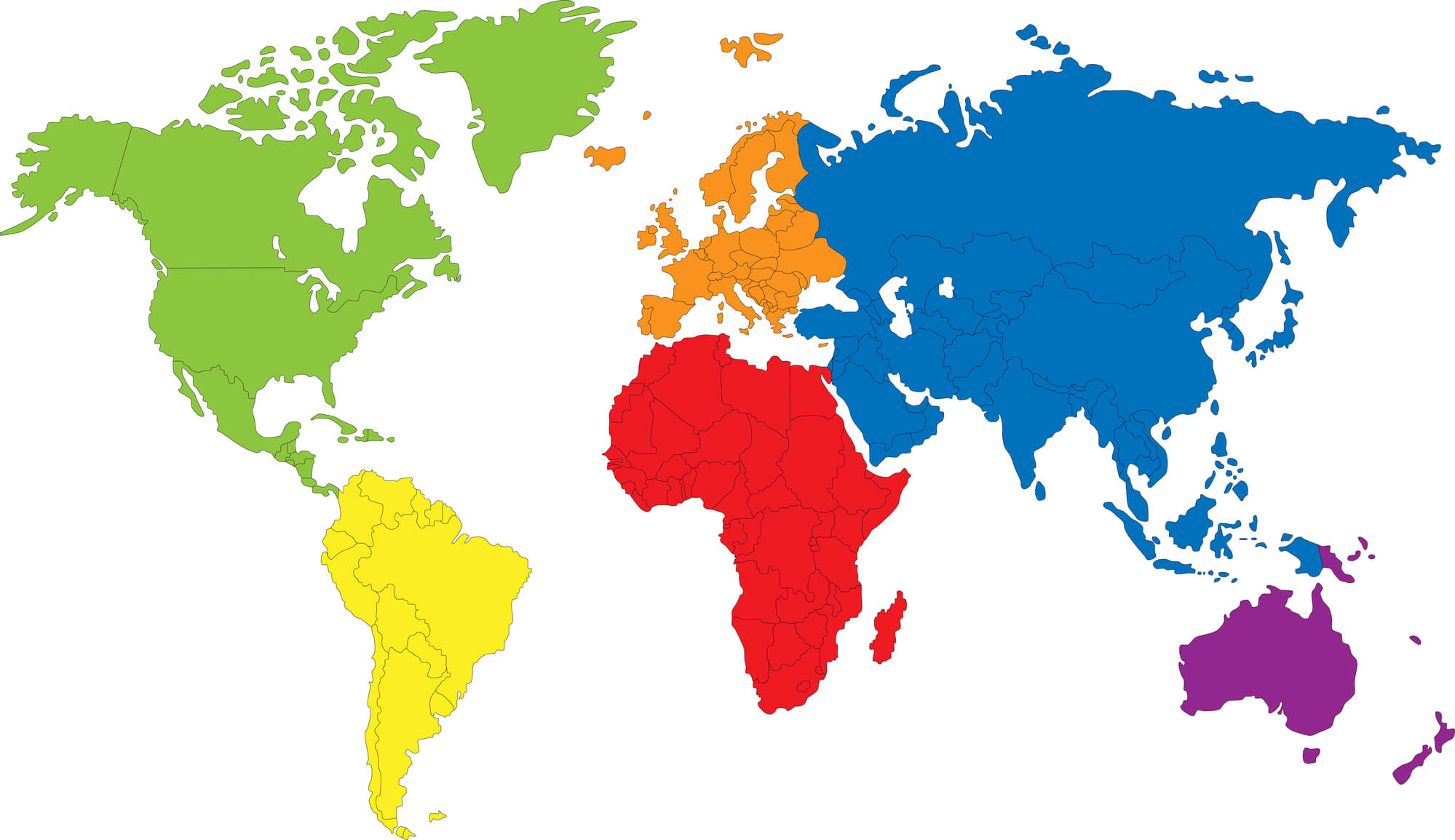
European Union
The Framework Directive 89/391/EEC ensures workers have a safe and healthy work environment in the European Union. The Framework Directive sets minimum health and safety requirements for employers in the European Union.
The key components of health and safety laws in the European Union include:
Risk Assessment
Employers must assess the risks in their workplace and take steps to control them. This includes providing training, implementing control measures, and reviewing risk assessments regularly.
Safety Training
Employers are required to provide training to their employees on health and safety matters. This includes training on workplace hazards and how to use protective equipment.
Enforcing Health and Safety Laws in the European Union
Health and safety laws in the European Union are enforced at the national level. Each member state has its own legislation and enforcement agencies.
Other Countries
In addition to the countries mentioned above, several other countries have health and safety laws. Here are some examples:
Germany
Germany has the Occupational Health and Safety Act (Arbeitsschutzgesetz), which sets standards for employers and provides guidelines for ensuring the health and safety of workers. The Act requires employers to identify and evaluate workplace hazards and take steps to eliminate or reduce them.
In addition, Germany has several regulations that address specific hazards, such as the Chemicals Act (ChemG), which regulates handling hazardous substances.
France
France has the Labor Code (Code du travail), which sets standards for employers and provides guidelines for ensuring the health and safety of workers. The Code requires employers to identify and evaluate workplace hazards and take steps to eliminate or reduce them.
In addition, France has several regulations that address specific hazards, such as the Decree on the Protection of Workers against the Risks of Exposure to Asbestos (Décret relatif à la protection des travailleurs contre les risques dus à l'inhalation de poussières d'amiante).
Italy
Italy has the Consolidated Safety Act (Testo unico sulla sicurezza sul lavoro), which sets standards for employers and provides guidelines for ensuring the health and safety of workers. The Act requires employers to identify and evaluate workplace hazards and take steps to eliminate or reduce them.
In addition, Italy has several regulations that address specific hazards, such as the Legislative Decree on the Prevention of Fire Risks in the Workplace (Decreto legislativo sulla prevenzione dei rischi da incendio nei luoghi di lavoro).
Mexico
Mexico has the Federal Labor Law (Ley Federal del Trabajo), which sets standards for employers and provides guidelines for ensuring the health and safety of workers. The Law requires employers to identify and evaluate workplace hazards and take steps to eliminate or reduce them.
In addition, Mexico has several regulations that address specific hazards, such as the Regulation of Federal Labor Law for the Protection and Prevention of Occupational Risks (Reglamento de la Ley Federal del Trabajo para la Prevención y Protección de Riesgos Laborales).
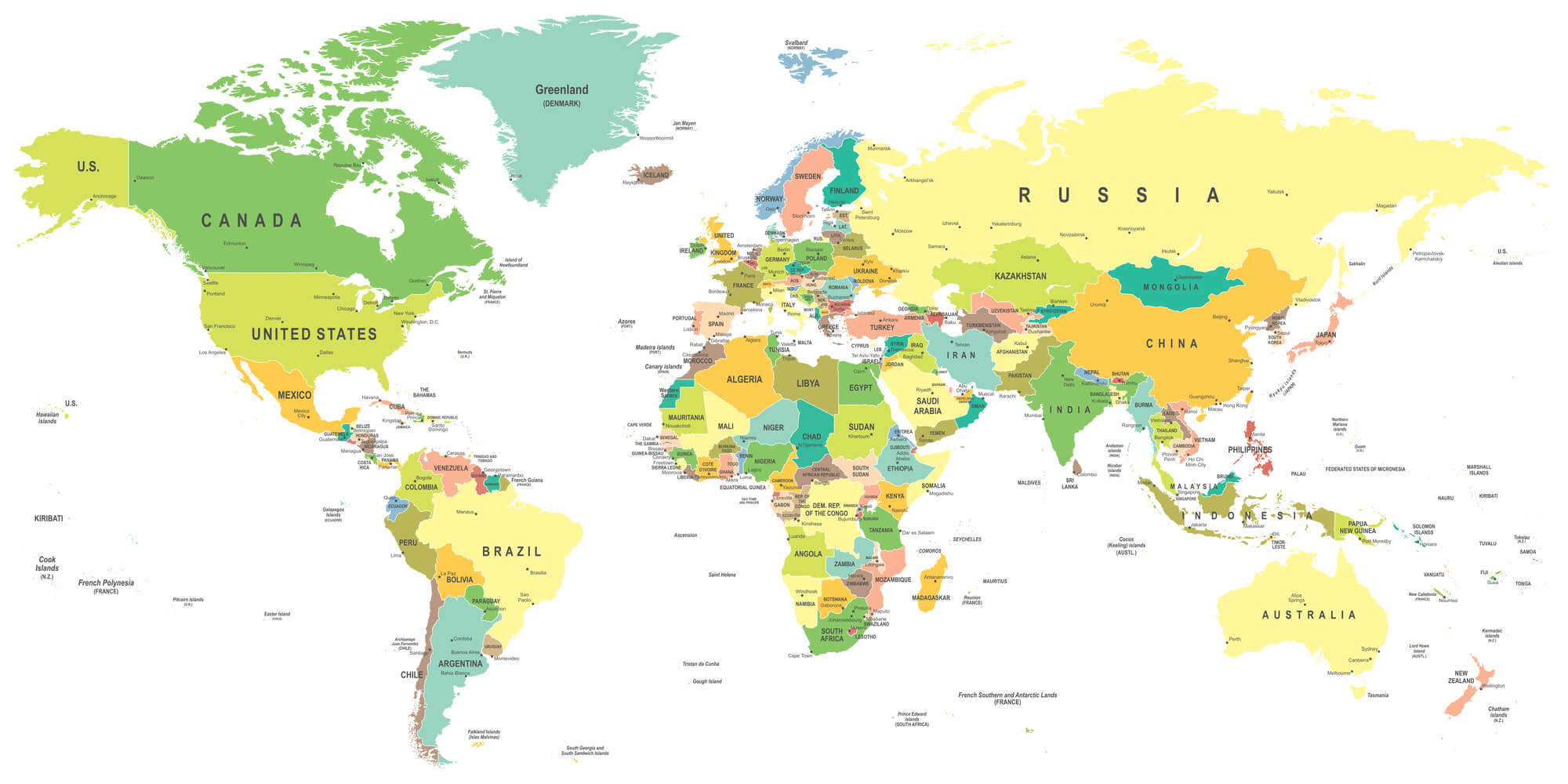
South Korea
South Korea has the Occupational Safety and Health Act (OSHA), which sets standards for employers and provides guidelines for ensuring the health and safety of workers. The Act requires employers to identify and evaluate workplace hazards and take steps to eliminate or reduce them.
In addition, South Korea has several regulations that address specific hazards, such as the Industrial Safety and Health Act (ISHA), which regulates handling of hazardous substances.
United Arab Emirates (UAE)
The UAE has the Federal Law on Occupational Health and Safety (OSH Law), which sets standards for employers and provides guidelines for ensuring the health and safety of workers. The Law requires employers to identify and evaluate workplace hazards and take steps to eliminate or reduce them.
In addition, the UAE has several regulations that address specific hazards, such as the Regulations on Occupational Injuries and Diseases (OID Regulations), which regulate the reporting and investigating of occupational injuries and diseases.
India
India has the Factories Act, which sets standards for employers and provides guidelines for ensuring the health and safety of workers. The Act requires employers to identify and evaluate workplace hazards and take steps to eliminate or reduce them.
In addition, India has several regulations that address specific hazards, such as the Building and Other Construction Workers (Regulation of Employment and Conditions of Service) Act (BOCW Act), which regulates the safety and welfare of workers in the construction industry.
China
China has the Law on Production Safety (LPS), which sets standards for employers and provides guidelines for ensuring the health and safety of workers. The Law requires employers to identify and evaluate workplace hazards and take steps to eliminate or reduce them.
In addition, China has several regulations that address specific hazards, such as the Measures for the Administration of Occupational Health Examination (MAOHE), which regulates occupational health examinations for workers.
Brazil
Brazil has the Consolidation of Labor Laws (CLT), which sets standards for employers and provides guidelines for ensuring the health and safety of workers. The CLT requires employers to identify and evaluate workplace hazards and take steps to eliminate or reduce them.
In addition, Brazil has several regulations that address specific hazards, such as the Norms Regulating Activities and Operations Dangerous to Health (NRs), which regulate activities and operations that are dangerous to health.
Japan
Japan has the Industrial Safety and Health Act (ISHA), which sets standards for employers and provides guidelines for ensuring the health and safety of workers. The Act requires employers to identify and evaluate workplace hazards and take steps to eliminate or reduce them.
In addition, Japan has several regulations that address specific hazards, such as the Chemical Substances Control Law (CSCL), which regulates handling of hazardous substances.
South Africa
South Africa has the Occupational Health and Safety Act (OHSA), which sets standards for employers and provides guidelines for ensuring the health and safety of workers. The Act requires employers to identify and evaluate workplace hazards and take steps to eliminate or reduce them.
In addition, South Africa has several regulations that address specific hazards, such as the Asbestos Regulations, which regulate the handling of asbestos.
Russia
Russia has the Federal Law on Industrial Safety (FLIS), which sets standards for employers and provides guidelines for ensuring the health and safety of workers. The Law requires employers to identify and evaluate workplace hazards and take steps to eliminate or reduce them.
In addition, Russia has several regulations that address specific hazards, such as the Regulation on Industrial Safety Expertise (RISE), which regulates the examination of industrial safety.
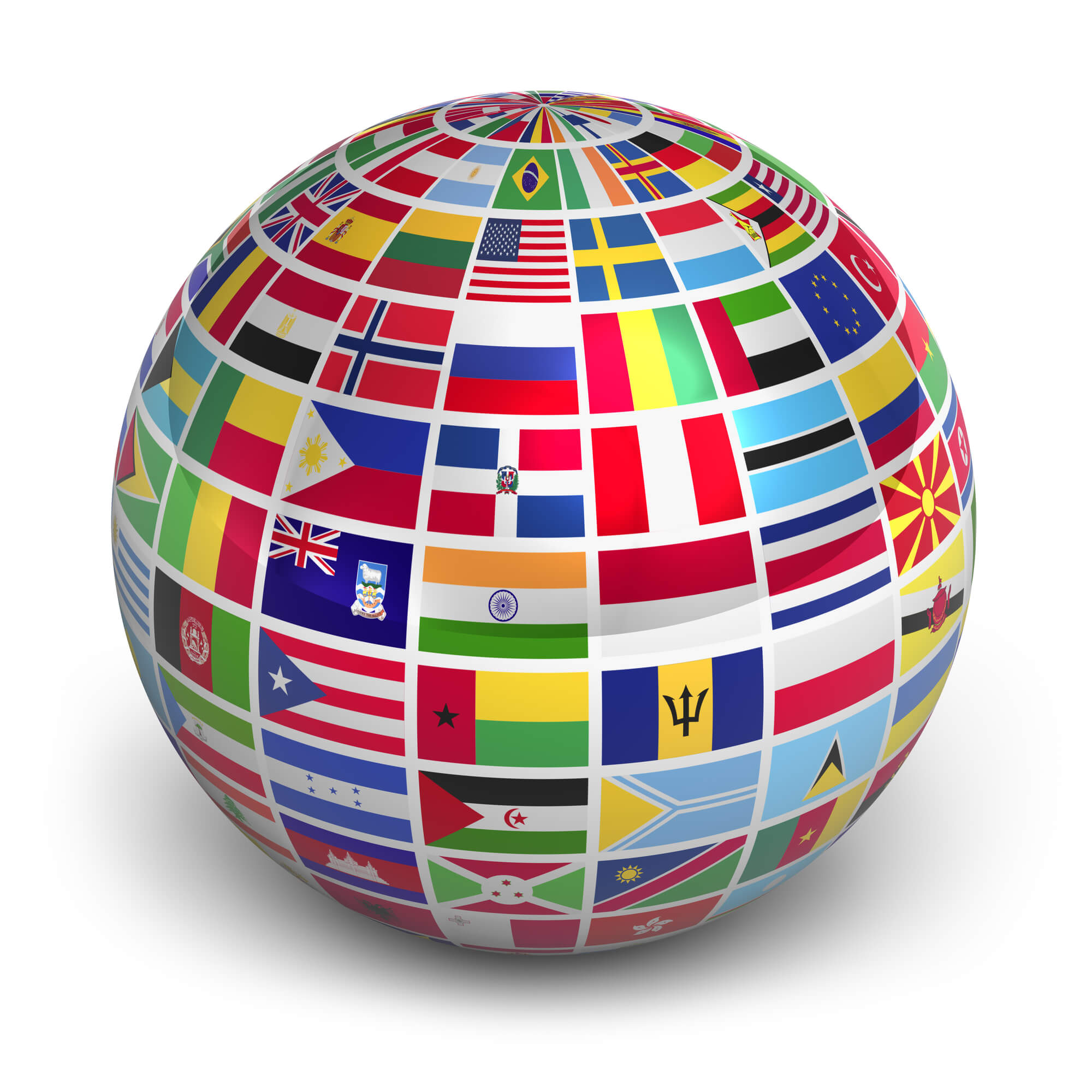
Saudi Arabia
Saudi Arabia has the Labor Law which sets standards for employers and provides guidelines for ensuring the health and safety of workers. The Law requires employers to identify and evaluate workplace hazards and take steps to eliminate or reduce them.
In addition, Saudi Arabia has several regulations that address specific hazards, such as the Safety and Occupational Health Regulations (SOHR), which regulates occupational health and safety.
Spain
Spain has the Occupational Risk Prevention Law (ORPL), which sets standards for employers and provides guidelines for ensuring the health and safety of workers. The Law requires employers to identify and evaluate workplace hazards and take steps to eliminate or reduce them.
In addition, Spain has several regulations that address specific hazards, such as the Regulation on Protection Against Ionizing Radiation (RPAR), which regulates the protection against ionizing radiation.
Austria
Austria has the Occupational Health and Safety Act (OSHA), which sets standards for employers and provides guidelines for ensuring the health and safety of workers. The Act requires employers to identify and evaluate workplace hazards and take steps to eliminate or reduce them.
In addition, Austria has several regulations that address specific hazards, such as the Regulation on Personal Protective Equipment (RPPE), which regulates the use of personal protective equipment.
Belgium
Belgium has the Well-being at Work Law, which sets standards for employers and provides guidelines for ensuring the health and safety of workers. The Law requires employers to identify and evaluate workplace hazards and take steps to eliminate or reduce them.
In addition, Belgium has several regulations that address specific hazards, such as the Regulation on Chemical Agents (RCA), which regulates the handling of chemical agents.
Switzerland
Switzerland has the Occupational Health and Safety Act (OSHA), which sets standards for employers and provides guidelines for ensuring the health and safety of workers. The Act requires employers to identify and evaluate workplace hazards and take steps to eliminate or reduce them.
In addition, Switzerland has several regulations that address specific hazards, such as the Regulation on the Protection Against Noise and Vibration (RPNV), which regulates the protection against noise and vibration.
Czech Republic
The Czech Republic has the Occupational Safety and Health Act (OSHA), which sets standards for employers and provides guidelines for ensuring the health and safety of workers. The Act requires employers to identify and evaluate workplace hazards and take steps to eliminate or reduce them.
In addition, the Czech Republic has several regulations that address specific hazards, such as the Regulation on the Protection Against Chemical Substances (RPCS), which regulates the protection against chemical substances.
Hungary
Hungary has the Occupational Safety and Health Act (OSHA), which sets standards for employers and provides guidelines for ensuring the health and safety of workers. The Act requires employers to identify and evaluate workplace hazards and take steps to eliminate or reduce them.
In addition, Hungary has several regulations that address specific hazards, such as the Regulation on the Protection Against Noise and Vibration (RPNV), which regulates the protection against noise and vibration. This regulation applies to all workers exposed to noise and vibration at work, including those in the manufacturing, construction, and transportation industries.
Ireland
Ireland has the Safety, Health and Welfare at Work Act, which sets standards for employers and provides guidelines for ensuring the health and safety of workers. The Act requires employers to identify and evaluate workplace hazards and take steps to eliminate or reduce them.
In addition, Ireland has several regulations that address specific hazards, such as the Safety, Health and Welfare at Work (Chemical Agents) Regulations, which regulate the handling of chemical agents.
Lithuania
Lithuania has the Law on Occupational Safety and Health, which sets standards for employers and provides guidelines for ensuring the health and safety of workers. The Law requires employers to identify and evaluate workplace hazards and take steps to eliminate or reduce them.
In addition, Lithuania has several regulations that address specific hazards, such as the Regulation on the Protection Against Noise and Vibration (RPNV), which regulates the protection against noise and vibration.
Luxembourg
Luxembourg has the Law on Occupational Health and Safety, which sets standards for employers and provides guidelines for ensuring the health and safety of workers. The Law requires employers to identify and evaluate workplace hazards and take steps to eliminate or reduce them.
In addition, Luxembourg has several regulations that address specific hazards, such as the Regulation on the Protection Against Chemical Agents (RPCA), which regulates the protection against chemical agents.
Latvia
Latvia has the Occupational Health and Safety Law, which sets standards for employers and provides guidelines for ensuring the health and safety of workers. The Law requires employers to identify and evaluate workplace hazards and take steps to eliminate or reduce them.
In addition, Latvia has several regulations that address specific hazards, such as the Regulation on the Protection Against Ionizing Radiation (RPIR), which regulates the protection against ionizing radiation.
Netherlands
Netherlands has the Working Conditions Act, which sets standards for employers and provides guidelines for ensuring the health and safety of workers. The Act requires employers to identify and evaluate workplace hazards and take steps to eliminate or reduce them.
In addition, Netherlands has several regulations that address specific hazards, such as the Regulation on the Prevention of Major Accidents Involving Hazardous Substances (RPM), which regulates the prevention of major accidents involving hazardous substances.
Poland
Poland has the Occupational Health and Safety Act (OSHA), which sets standards for employers and provides guidelines for ensuring the health and safety of workers. The Act requires employers to identify and evaluate workplace hazards and take steps to eliminate or reduce them.
In addition, Poland has several regulations that address specific hazards, such as the Regulation on the Protection Against Chemical Agents (RPCA), which regulates the protection against chemical agents.
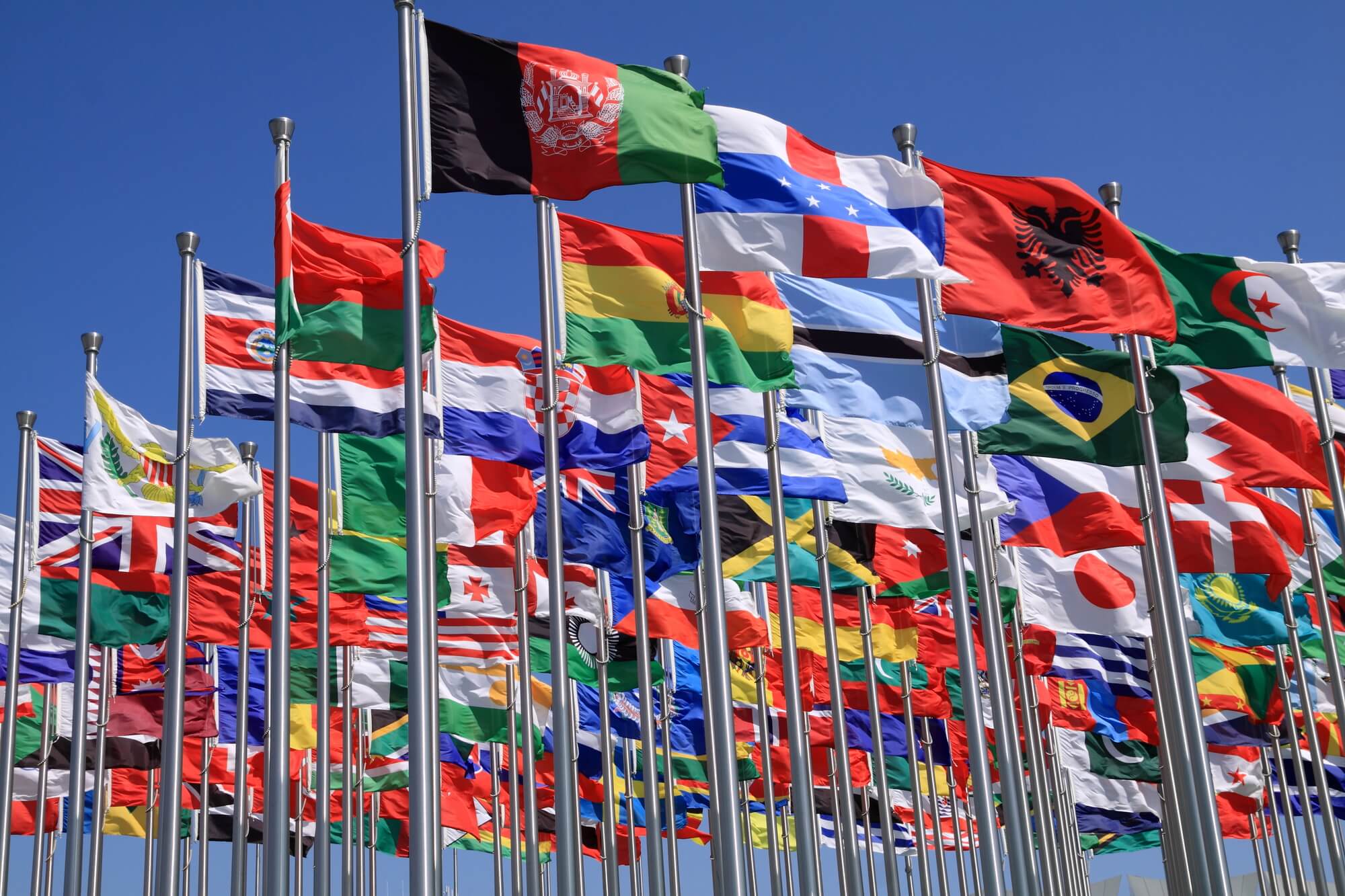
Portugal
Portugal has the Occupational Health and Safety Law, which sets standards for employers and provides guidelines for ensuring the health and safety of workers. The Law requires employers to identify and evaluate workplace hazards and take steps to eliminate or reduce them.
In addition, Portugal has several regulations that address specific hazards, such as the Regulation on the Protection Against Ionizing Radiation (RPIR), which regulates the protection against ionizing radiation.
Romania
Romania has the Law on Occupational Health and Safety, which sets standards for employers and provides guidelines for ensuring the health and safety of workers. The Law requires employers to identify and evaluate workplace hazards and take steps to eliminate or reduce them.
In addition, Romania has several regulations that address specific hazards, such as the Regulation on the Protection Against Chemical Agents (RPCA), which regulates the protection against chemical agents.
Sweden
Sweden has the Work Environment Act, which sets standards for employers and provides guidelines for ensuring the health and safety of workers. The Act requires employers to identify and evaluate workplace hazards and take steps to eliminate or reduce them.
In addition, Sweden has several regulations that address specific hazards, such as the Regulation on the Prevention of Major Accidents Involving Dangerous Chemicals (RPM), which regulates the prevention of major accidents involving hazardous substances.
Monaco
Monaco has the Labor Code, which sets standards for employers and provides guidelines for ensuring the health and safety of workers. The Code requires employers to identify and evaluate workplace hazards and take steps to eliminate or reduce them.
In addition, Monaco has several regulations that address specific hazards, such as the Regulation on the Protection Against Chemical Agents (RPCA), which regulates the protection against chemical agents.
Denmark
Denmark has the Working Environment Act, which sets standards for employers and provides guidelines for ensuring the health and safety of workers. The Act requires employers to identify and evaluate workplace hazards and take steps to eliminate or reduce them.
In addition, Denmark has several regulations that address specific hazards, such as the Regulation on the Protection Against Noise and Vibration (RPNV), which regulates the protection against noise and vibration.
Croatia
Croatia has the Occupational Safety and Health Act (OSHA), which sets standards for employers and provides guidelines for ensuring the health and safety of workers. The Act requires employers to identify and evaluate workplace hazards and take steps to eliminate or reduce them.
In addition, Croatia has several regulations that address specific hazards, such as the Regulation on the Protection Against Chemical Agents (RPCA), which regulates the protection against chemical agents.
Greece
Greece has the Law on Occupational Health and Safety, which sets standards for employers and provides guidelines for ensuring the health and safety of workers. The Law requires employers to identify and evaluate workplace hazards and take steps to eliminate or reduce them.
In addition, Greece has several regulations that address specific hazards, such as the Regulation on the Protection Against Ionizing Radiation (RPIR), which regulates the protection against ionizing radiation.
Slovakia
Slovakia has the Act on Occupational Health and Safety, which sets standards for employers and provides guidelines for ensuring the health and safety of workers. The Act requires employers to identify and evaluate workplace hazards and take steps to eliminate or reduce them.
In addition, Slovakia has several regulations that address specific hazards, such as the Regulation on the Protection Against Chemical Agents (RPCA), which regulates the protection against chemical agents.
Key Differences Between Health and Safety Laws in Different Countries
Although different countries' health and safety laws share some common components, they can also vary significantly. Here are some of the key differences:
Enforcement
The enforcement of health and safety laws can vary between countries. Some countries have strict enforcement policies, while others may be more lenient.
Standards
The standards for health and safety can vary between countries. For example, the maximum allowable exposure to a particular chemical may be different in one country compared to another.
Penalties
The penalties for violating health and safety laws can vary between countries. Some countries may impose significant fines or even jail time for violators, while others may have more lenient penalties.
Challenges of Ensuring Compliance with Health and Safety Laws in Different Countries
Ensuring compliance with health and safety laws in different countries can be challenging for businesses and organizations. Some of the main challenges include the following:
Language and Cultural Barriers
Language and cultural barriers can make it difficult for businesses and organizations to understand health and safety laws in different countries.
Varying Standards and Requirements
Different countries have varying standards and requirements regarding health and safety, which can make compliance challenging.
Lack of Resources and Expertise
Businesses and organizations may not have the resources or expertise to ensure compliance with health and safety laws in different countries.
Overcoming the Challenges
Despite the challenges, businesses and organizations can take steps to ensure compliance with health and safety laws in different countries. Here are some examples:
Work with International Safety Consultants
International Safety Consultants can help businesses and organizations navigate different countries' health and safety laws. They can provide guidance, training, and support to ensure compliance.
Develop a Comprehensive Health and Safety Program
Developing a comprehensive health and safety program can help businesses and organizations ensure compliance with health and safety laws in different countries. This program should include policies and procedures for identifying and controlling hazards, training employees, and monitoring compliance.
Partner with Local Experts
Partnering with local experts in different countries can help businesses and organizations understand and comply with health and safety laws. Local experts can guide each country's unique requirements and help businesses and organizations navigate any cultural or language barriers.
Conclusion
Understanding the health and safety laws in different countries is essential for global businesses and organizations. Each country has its laws and regulations to ensure the health and safety of workers. However, these laws can vary significantly from country to country, making it challenging for businesses and organizations to ensure compliance.
This article provided an overview of the health and safety laws in some of the most commonly visited countries. We also compared the key differences between these laws and discussed the challenges businesses and organizations face when ensuring compliance with health and safety laws in different countries. We hope this article has provided you with a better understanding of the health and safety laws in different countries and the steps you can take to ensure compliance.
Enter your text here...
